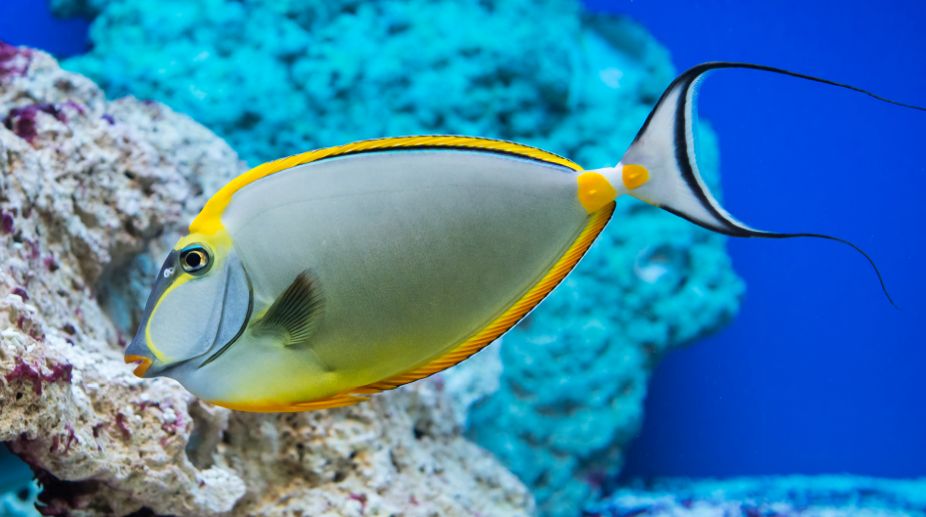Scientists have discovered a major extinction event that wiped out around a third of marine species and reduced their diversity by 55 per cent between two to three million years ago.
The disappearance of a large part of the terrestrial megafauna such as saber-toothed cat and the mammoth during the ice age is well known.
Advertisement
Researchers at the University of Zurich in Switzerland and the Naturkunde Museum in Berlin, Germany have shown that a similar extinction event had taken place earlier in the oceans.
The team investigated fossils of marine megafauna from the Pliocene and the Pleisto-cene epochs – 5.3 million to around 9,700 years BC.
“We were able to show that around a third of marine megafauna disappeared about three to two million years ago. Therefore, the marine megafaunal communities that humans inherited were already altered and functioning at a diminished diversity,” said Catalina Pimiento from the University of Zurich.
Above all, the newly discovered extinction event affected marine mammals, which lost 55 per cent of their diversity.
As many as 43 per cent of sea turtle species were lost, along with 35 per cent of sea birds and nine per cent of sharks.
On the other hand, the new forms of life developed during the subsequent Pleistocene epoch.
Around a quarter of animal species, including the polar bear Ursus, the storm petrel Oceanodroma or the penguin Megadyptes, had not existed during the Pliocene.
Overall, however, earlier levels of diversity could not be reached again, researchers said.
In order to determine the consequences of this extinction, researchers concentrated on shallow coastal shelf zones, investigating the effects that the loss of entire functional entities had on coastal ecosystems.
Functional entities are groups of animals not necessarily related, but that share similar characteristics in terms of the function they play on ecosystems.
Researchers found that seven functional entities were lost in coastal waters during the Pliocene.
This led to an erosion of functional diversity – 17 per cent of the total diversity of ecological functions in the ecosystem disappeared and 21 per cent changed.
Previously common predators vanished, while new competitors emerged and marine animals were forced to adjust.
In addition, the researchers found that at the time of the extinction, coastal habitats were significantly reduced due to violent sea levels fluctuations.
The researchers propose that the sudden loss of the productive coastal habitats, together with oceanographic factors such as altered sea currents, greatly contributed to these extinctions.











